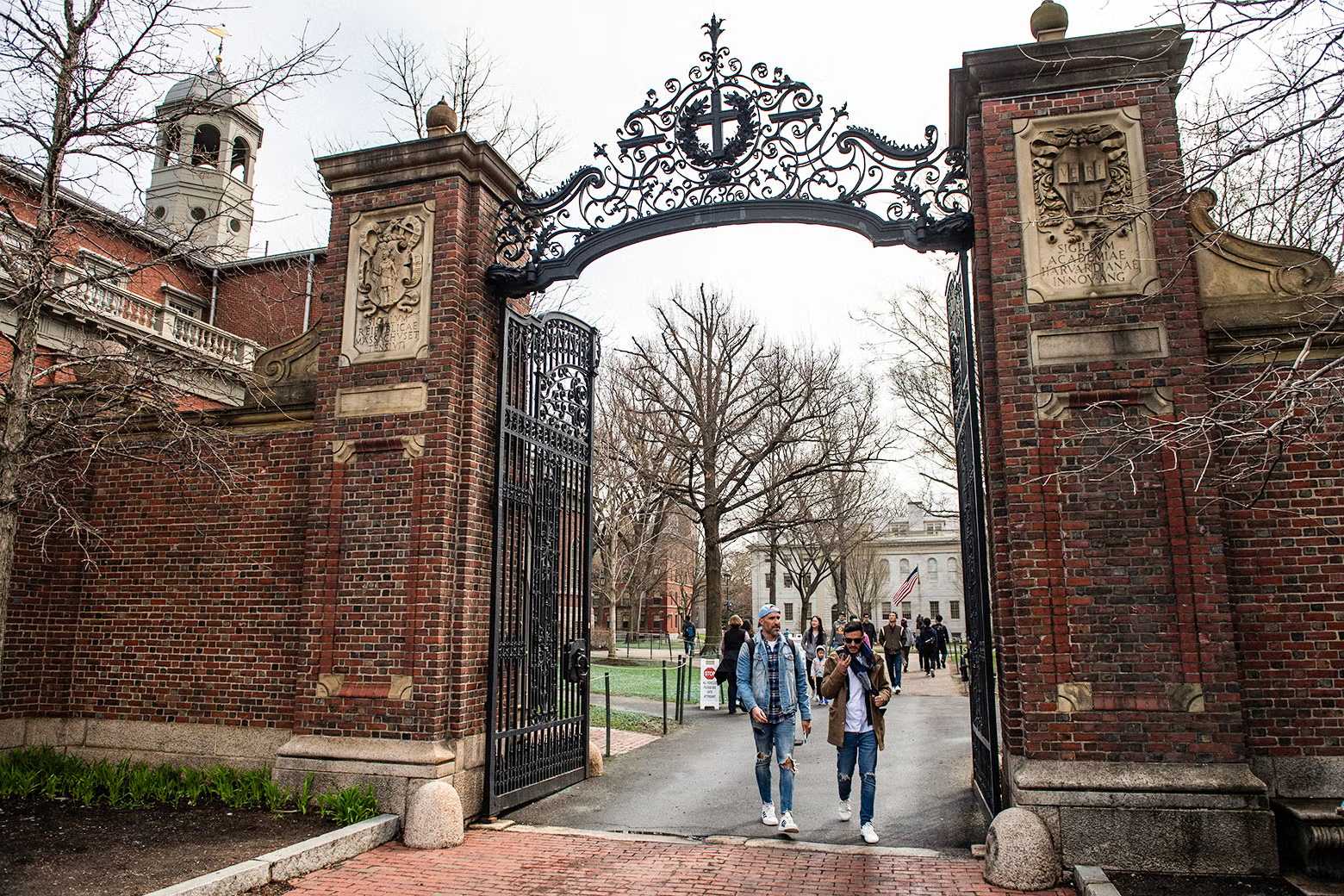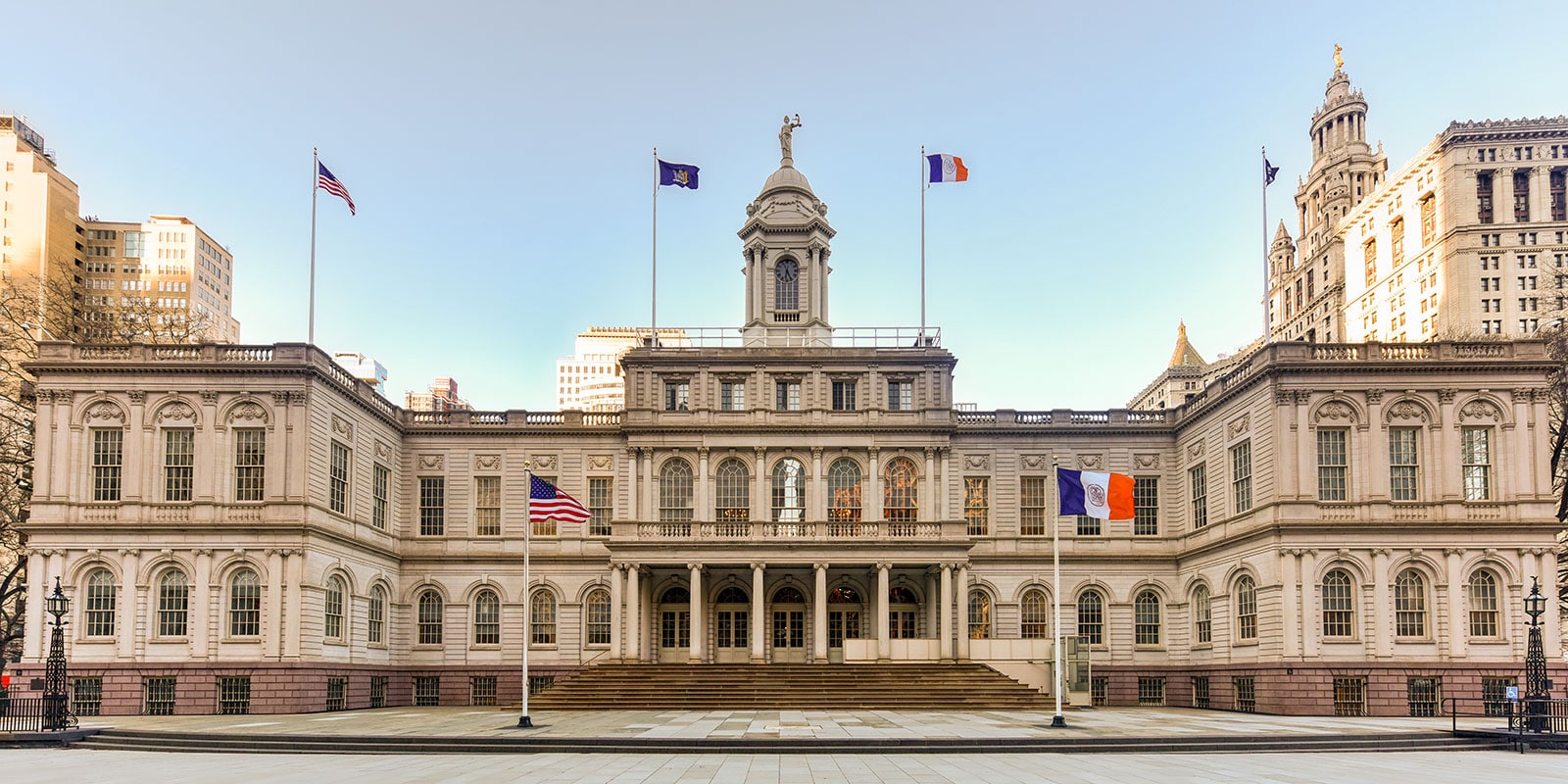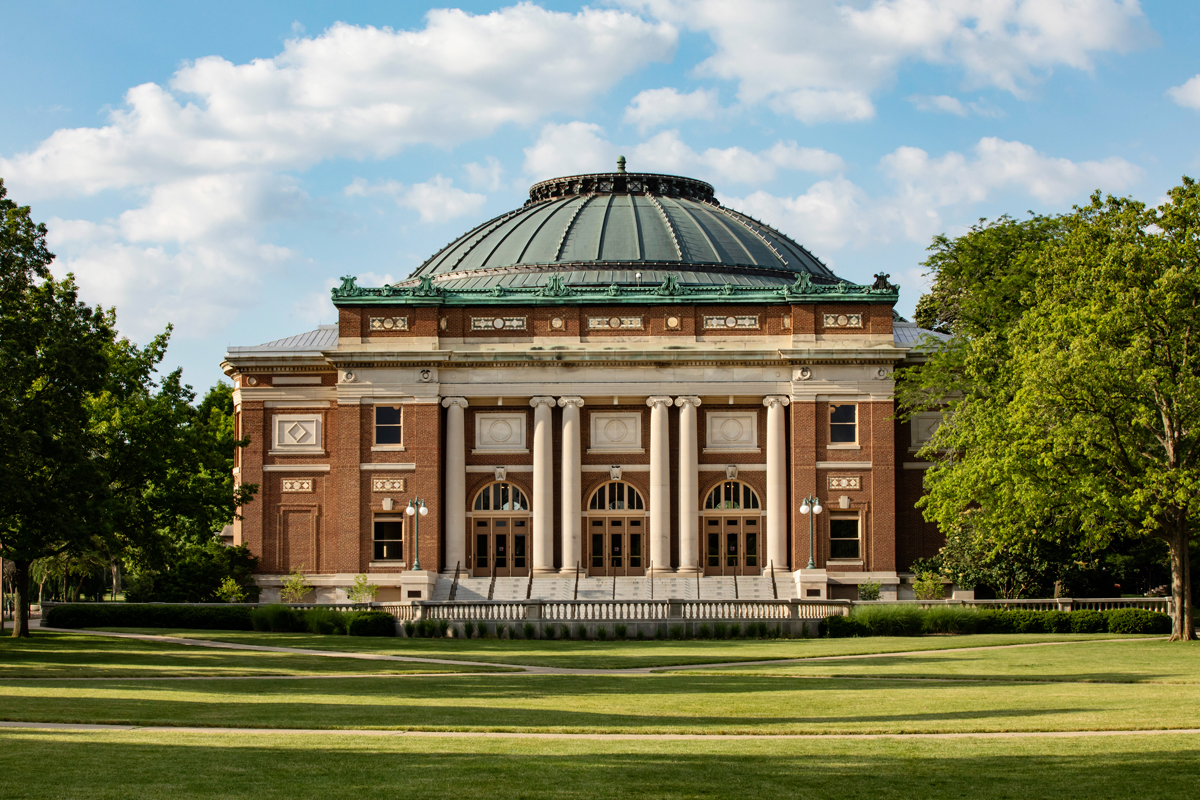On October 23, Harvard University released data on its Class of 2029 (students enrolling in Fall 2025), showing that Asian Americans now account for 41% of the incoming class, up four percentage points from 37% in the Class of 2028. This change comes after the U.S. Supreme Court banned the use of race-conscious affirmative action (AA) in college admissions in 2023, prompting Harvard to adopt a “race-blind” admissions policy. However, the rise in Asian enrollment, accompanied by a decline in Black and Hispanic student proportions, has sparked intense debate over admissions fairness and whether “hidden discrimination” or “quota adjustments” against Asian applicants persist. Within the Chinese American community, the data is seen both as progress and as a source of concern regarding long-term equity.
According to Harvard’s official report, among students who voluntarily reported their race in the Class of 2029, Asian Americans make up 41%, Black students fell from 14% to 11.5%, Hispanic students dropped from 16% to 11%, and White students remain around 35%. Eight percent of students did not report race, and the rising share of unreported cases may affect data interpretation. Harvard does not provide a detailed breakdown of Asian subgroups, but historical data shows that Chinese Americans typically comprise the largest share of Asian students, around 30%-40%. The increase in Asian enrollment continues the post-2023 trend: the Class of 2027 was 29.9% Asian, the Class of 2028 rose to 37%, and the Class of 2029 climbed further.
In June 2023, the Supreme Court ruled in Students for Fair Admissions v. Harvard that race-based admissions policies are unconstitutional, forcing elite universities like Harvard to remove direct racial considerations and instead rely on standardized test scores, personal essays, extracurricular activities, and geographic diversity. Harvard’s admissions office stated that the incoming class data reflects a balance of “diversity and academic excellence,” highlighting an overall 83% acceptance rate and 90% international student proportion for the Class of 2029. Critics, however, point out that the rise in Asian representation alongside declines in Black and Hispanic proportions may suggest that indirect racial balancing mechanisms remain in play.
Reactions in the U.S. Chinese community have been complex. Discussions on X (formerly Twitter) quickly intensified, with the hashtag #HarvardAdmissions trending. Pro-reform Chinese American organizations, such as Students for Fair Admissions (SFFA), view the increase in Asian enrollment as a victory, arguing that it demonstrates the fairness of a race-blind policy. SFFA founder Edward Blum stated, “This is an important step toward admissions based on individual merit rather than race.” However, some Chinese American parents and students worry that 41% may still underrepresent Asian applicants’ actual competitiveness. Ms. Li, a member of the Asian Chinese Coalition for Education, said, “We are concerned that Harvard may indirectly limit Asian slots through personal essay scoring or geographic allocation—a kind of invisible ceiling.”
Another point of controversy is the decline in Black and Hispanic enrollment. Professor Zhang, a researcher at an education equity think tank, analyzed: “The rise in Asian representation may reflect Asian students’ competitive advantage after the reinstatement of standardized tests like the SAT. But the decline in Black and Hispanic shares raises fairness questions—whether the new policy inadvertently reduces opportunities for underrepresented groups.” Harvard denies the existence of quotas or discrimination, stating that admissions decisions are based on holistic review. Yet, The New York Times reported that some analyses suggest Harvard may indirectly adjust racial composition through “personality ratings” or “legacy preferences.”
For the Chinese American community, these figures carry significant weight. Chinese students have long faced claims of admissions bias, and the 2023 Supreme Court ruling is seen as a milestone in addressing historical inequities. Still, the 41% Asian share has not quelled debate. Some community leaders worry that the rising Asian enrollment could reinforce stereotypes of “Asian advantage” and even provoke anti-Asian sentiment, especially amid heightened societal divisions following the 2024 U.S. election. Mr. Wang, a Chinese parent of a Boston student, said, “We hope for fairness, but we also worry our children may be labeled and become pawns in political disputes.”
Data from other Ivy League schools show similar trends. Asian representation in Yale’s Class of 2029 is 38%, and Princeton’s is 39%, both up from the previous year, while Black enrollment generally declined. Harvard admissions director William Fitzsimmons stated that the university will continue refining its admissions process to ensure both diversity and fairness.


